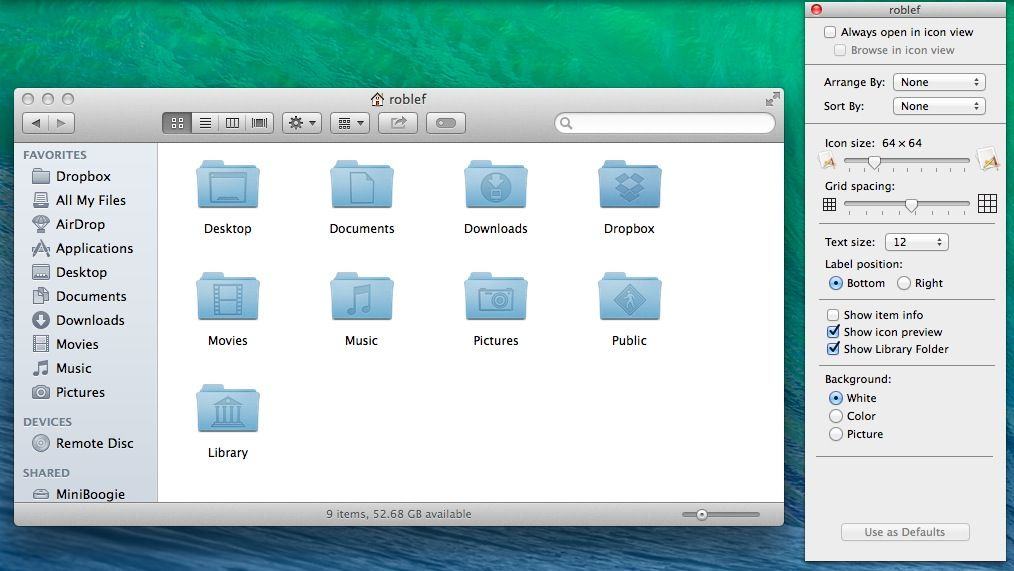Mac Can You Delete The Library Folder
2020-4-2 Hold down the Alt (Option) key when using the Go menu. The user Library folder is listed below the current user's home directory. Note: After you open the Library folder, you can drag the Library icon from the top of that window to the Dock, sidebar, or toolbar to make it readily accessible. 2019-5-9 Unity Library folder is to blame. In most of my projects library folder takes up 90% of the space. All my assets folder is 733MB in this example and Unity library is 5.8GB. Can you guys work towards reducing this? I see that you made package manager to reduce the space from the assets but this is way smaller than the library folder. 2020-4-3 Files from a failed or removed installation take up disk space and can cause problems when you install or run a newer version of the Adobe application. Delete files from a previous Adobe application installation To delete files from a previous Adobe application installation, do the following: If the.
You may need to access content in the user Library folder to troubleshoot problems with your Adobe applications. The user Library folder is hidden by default in macOS X 10.7 and later releases. Use one of the following methods to make the user Library content visible.
Hold down the Alt (Option) key when using the Go menu. The user Library folder is listed below the current user's home directory.
When Apple rolled out Mac OS X Lion, it decided to hide the Library folder, which houses preferences and settings that help keep the OS and your apps running smoothly. I haven't tried it to verify it works, but there is a faster way to make the Library folder visible.For most Mac users, the Library folder remains out of sight, out of mind. If you are the curious or the restless type and need regular access to the hidden Library folder, here's a tip to add it to your Favorites.Screenshot by Matt Elliott/CNETTo access the Library folder, open the Finder and then, while viewing the Go pull-down menu, hold down the Option key to see the Library. Where is mac's library folder. On LifeHacker today, there is that unhides the Library folder on your Mac.
Note: After you open the Library folder, you can drag the Library icon from the top of that window to the Dock, sidebar, or toolbar to make it readily accessible.
For more information, explanations, and ideas, see 18 ways to view the ~/Library folder in Lion and Mountain Lion.
More like this
Twitter™ and Facebook posts are not covered under the terms of Creative Commons.

Legal Notices Online Privacy Policy
Files from a failed or removed installation take up disk space and can cause problems when you install or run a newer version of the Adobe application.
Delete files from a previous Adobe application installation
To delete files from a previous Adobe application installation, do the following:
If the Adobe application folder exists, drag it to Trash. By default, the folders are located in the Applications folder on the hard disk.
Drag the preferences folder to Trash from the Users/[User]/Library/Preferences folder. (For example, drag the Acrobat folder to Trash.)
Note:
The user Library folder is hidden by default in Mac OS X 10.7 and later releases. To access files in the hidden library folder, see How to access hidden user library files.
Drag the application PLIST file, located in the Users/[User]/Library/Preferences folder, to Trash. Skip this step if the Adobe application doesn't include a PLIST file.
If you don't have other Adobe applications installed on your computer, drag each of the Adobe folders to Trash from the following locations:
- Users/[User]/Library/Application Support
- Library/Application Support
Empty Trash. If you receive an error message while trying to empty Trash, see the next section.
If you receive a message that items are locked and cannot be deleted, press Option and then empty Trash.
If you still receive a message that the item is in use, do one of the following:
- Quit the app that you were using with the file and then empty Trash.
- Restart your Mac and then empty Trash.
- Start your Mac in safe mode by holding down the Shift key while your Mac starts up. Then empty Trash and restart your Mac normally. For more information, see Use safe mode to isolate issues with your Mac.
Twitter™ and Facebook posts are not covered under the terms of Creative Commons.
Create New Folder Mac
Legal Notices Online Privacy Policy